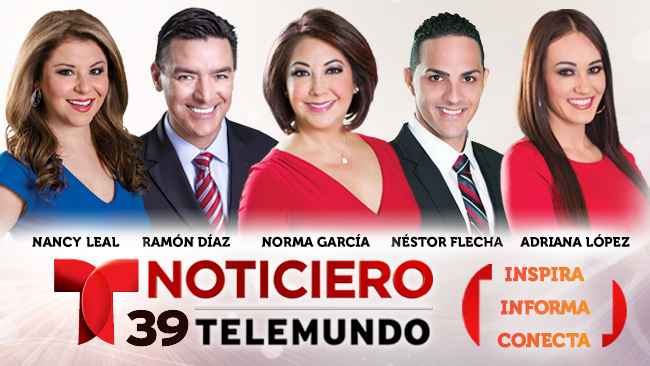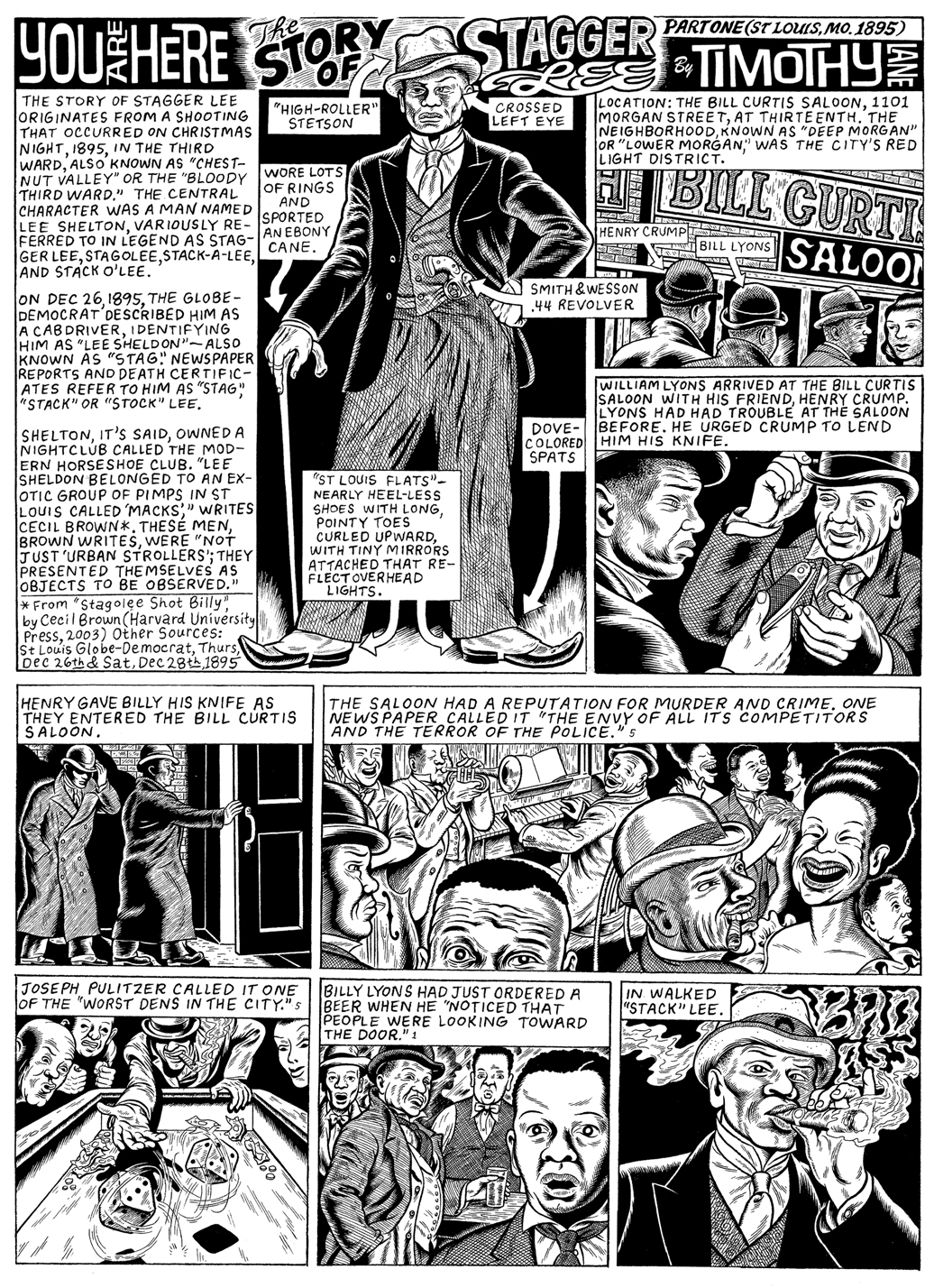MysticMonroe
All Star
I don't see latinos at the police brutality protest so suck it! 


Do these dusky Latinos actually think they had something to do with hiphop?Lol fukk outta here. Hiphop is solely black created just like 90% of every music genre out there. Just because some Puerto Rican fukks did some break dancing doesn't mean they had somethig to do with it.
Motherfukkers always trying to hang on our coat tails for the good things and abandon us during the bad times.

Bottom line, it was a black American thing. If someone tries to claim it comes from the islands, just ask them who were the DJs, and rappers, before 1974? Toasting, and just having a sound system doesn't mean they created hip hop. Those things are done with people who dj'ed disco as well, so that would mean west Indians also created disco, but we know that isn't true.
I'm not trying to shyt on west Indians or trying to be funny, but the truth is the truth, and it can be proven. Kool herc said himself his sound system, and just being hip hop, came about when he moved to the states, not coming from Jamaica.






Hip Hop
Do you think Jamaicans created hip hop music or Black Americans? Because many Jamaicans will say they created hip hop music because of Dj Kool Herc and Afrika Bambaataa.


I don't see latinos at the police brutality protest so suck it!

Its is a shame that they can cater to the LGBT and not the Latinos
Are there any friends of African descent on telemundo?



The main fact that gets left out is that people claim Herc brought tasting to the Bronx and that's how rapping started but the truth is
1. Herc has never made this claim...he actually credits his boy, an Afram, Coke La Rock as the first MC and Melle Mel as the first modern rapper. There are countless interviews dating back the 80's where many of the early pioneers clearly state that Herc didn't do any rapping on the mic. Grandmaster Caz in one of his most recent interviews
a. There were no rappers in the modern sense in the Kool Herc scene inn the early days HipHop
b. Coke La Rock was the one talking on the mic not Herc and neither of them rapped in the modern sense. He did shout outs/freelance talking
c. Dj Hollywood was the only one rapping in the modern sense back then
@ 3:19
@ 4:43
"Dj Hollywood was the blueprint for the syncopated style"
2. What Jamaicans actually call toasting was lifted from Afram oral traditions





3. Jamaican sound system culture and disco culture are totally different
Hey, the new Hustlers Convention documentary is coming out on DVD soon. It talks about the roots of rapping! Here's a link to the trailer --->

I gotta see this.
I noticed toasting was mentioned, so I googled some articles about this DVD, and Jalal said the idea for the album came from "jail toasting". Not toasting the way Jamaicans do it, but like rappers. Dolamite's " signifying monkey" was an example of toasting the way Black Americans did it. I had the album, and dolamite did toasting on the whole thing.
Jalal said that toasting was done in prison in NYC. Going from all the things I know, it is no doubt in my mind hip hop was going to be birthed no where else, but NYC. It was the perfect grounds for it to form, and grow. You had the segregation, and poverty, that forced blacks to party outside amongst themselves. Disco got people to want to dance, party, and started the DJ craze that was happening in the city. The jail toasting culture kept the oral tradition we had from the south, alive since we moved to the north, and some things were lost while living in the big city. Plus, people like pigmeat Markham had songs that were well known where he was basically rapping the way rappers do now. And he stayed in NYC, so I don't doubt he was rapping with some young folks, and influencing them.
When you mix all of these things together, you have HIP HOP music
Hustlers Convention: Documentary unveils a lost classic - BBC News
The album took the form of a toast, a form of rhythmic spoken poetry traditionally performed by prison inmates. The urban first-person narratives often portrayed heroic events in the teller's life.
"Toasts were part of the African-American subculture," explains Nuriddin. "It's a descendant of the old tradition of storytelling.
"Toasting was like reminiscing on a highlight of a time in your life when you had everything you wanted but sooner or later you were going to lose it and that's the point I was making with the Hustlers Convention."
@IllmaticDelta Have you read this before?
The African American Toast Tradition
Toasts" are performed narratives of often urban but always heroic events. For many Blacks, both performers and audience, hearing about or performing the winning ways of the central character becomes as creative a release as Black music. Toasting is today's continuance of an oral tradition, but many contemporary toasters read their complicated and elaborate versions from a text. As with any oral tradition, many versions of the same toast exist. The toast is a dynamic performance within the Black community of recognizable and popular central characters. They are performed in bars, libraries, community centers, and even college campuses. However, less explicit toasts are performed by anyone at any time for entertainment.
toasting, chatting, or deejaying is the act of talking or chanting, usually in a monotone melody, over a rhythm or beat by a deejay. The lyrics can be either improvised or pre-written. Toasting has been used in various African traditions, such as griots chanting over a drum beat, as well as in Jamaican music forms, such as dancehall, reggae, ska, dub, and lovers rock. Toasting's mix of talking and chanting may have influenced the development of MCing in US hip hop music. The combination of singing and toasting is known as singjaying.
In the late 1950s deejay toasting was developed by Count Machuki. He conceived the idea from listening to disc jockeys on American radio stations. He would do American jive over the music while selecting and playing R&B music. Deejays like Count Machuki working for producers would play the latest hits on traveling sound systems at parties and add their toasts or vocals to the music. These toasts consisted of comedy, boastful commentaries, chants, half-sung rhymes, rhythmic chants, squeals, screams, and rhymed storytelling.
Part of the African American oral tradition is toasting (rhymed folk tales about various mythical folk heroes) and signifiying (Signifying refers to the act of using secret or double meanings of words to either communicate multiple meanings to different audiences, or to trick them. To the leader and chorus of a work song, for example, the term “captain” may be used to indicate discontent, while the overseer of the work simultaneously thinks it’s being used as a matter of respect.). Signifiying also involves taking concepts and situations and redefining them. It is part ingenuity, innovation, adaptation, and style. Stories, ideals, and songs can all be signified.
Traditional African American toasting
Toasting has been part of African American urban tradition since Reconstruction as part of a verbal art tradition, dating back to the griots of Africa. African American stories usually lauds the exploits of the clever and not entirely law-abiding trickster hero (not always human) who uses his wits to defeat his opponents.
Toasters continue the oral tradition by recounting the legends and myths of the community in venues ranging from street corner gatherings, bars, and community centers, to libraries and college campuses. As with oral traditions in general, and with other African American art forms as the blues, toasting uses a mixture of repetition and improvisation.
There are many versions of the best-known toasts, often conflicting in detail. Historically, the toast is very male- oriented, and many toasts contain profane or sexual language, although more family-oriented versions also exist.
Well known toasts include "Shine and the Titanic", "Dolemite", "Stack O Lee", "Jo Jo Gun," and "Signifyin' Monkey."

You're right. The Latinos are nowhere to be found when black people are protesting police brutality and inequality.I don't see latinos at the police brutality protest so suck it!

True! The African American Toast Tradition is different from the Jamaican Toast Tradition in terms of language/dialect. Hip Hop primary language is African American Vernacular English (AAVE). Not Jamaican patios/patwah. The lie that Dj Kool Herc took the practice of toasting from Jamaica to New York City. Although West Indians contributed to hip hop music it's still a black American Art form. Funk, Soul, Disco, R&B, and Jazz influence hip hop music more than Reggae, Soca, Ska, Mento, dancehall, and other forms of Caribbean music. A person on Twitter said that Jamaican (Dancehall) influence the creation of hip hop music. Yet I don't hear dancehall influences on 80s and 90s hip hop records.I gotta see this.
I noticed toasting was mentioned, so I googled some articles about this DVD, and Jalal said the idea for the album came from "jail toasting". Not toasting the way Jamaicans do it, but like rappers. Dolamite's " signifying monkey" was an example of toasting the way Black Americans did it. I had the album, and dolamite did toasting on the whole thing.
Jalal said that toasting was done in prison in NYC. Going from all the things I know, it is no doubt in my mind hip hop was going to be birthed no where else, but NYC. It was the perfect grounds for it to form, and grow. You had the segregation, and poverty, that forced blacks to party outside amongst themselves. Disco got people to want to dance, party, and started the DJ craze that was happening in the city. The jail toasting culture kept the oral tradition we had from the south, alive since we moved to the north, and some things were lost while living in the big city. Plus, people like pigmeat Markham had songs that were well known where he was basically rapping the way rappers do now. And he stayed in NYC, so I don't doubt he was rapping with some young folks, and influencing them.
When you mix all of these things together, you have HIP HOP music
Hustlers Convention: Documentary unveils a lost classic - BBC News
The album took the form of a toast, a form of rhythmic spoken poetry traditionally performed by prison inmates. The urban first-person narratives often portrayed heroic events in the teller's life.
"Toasts were part of the African-American subculture," explains Nuriddin. "It's a descendant of the old tradition of storytelling.
"Toasting was like reminiscing on a highlight of a time in your life when you had everything you wanted but sooner or later you were going to lose it and that's the point I was making with the Hustlers Convention."
@IllmaticDelta Have you read this before?
The African American Toast Tradition
Toasts" are performed narratives of often urban but always heroic events. For many Blacks, both performers and audience, hearing about or performing the winning ways of the central character becomes as creative a release as Black music. Toasting is today's continuance of an oral tradition, but many contemporary toasters read their complicated and elaborate versions from a text. As with any oral tradition, many versions of the same toast exist. The toast is a dynamic performance within the Black community of recognizable and popular central characters. They are performed in bars, libraries, community centers, and even college campuses. However, less explicit toasts are performed by anyone at any time for entertainment.